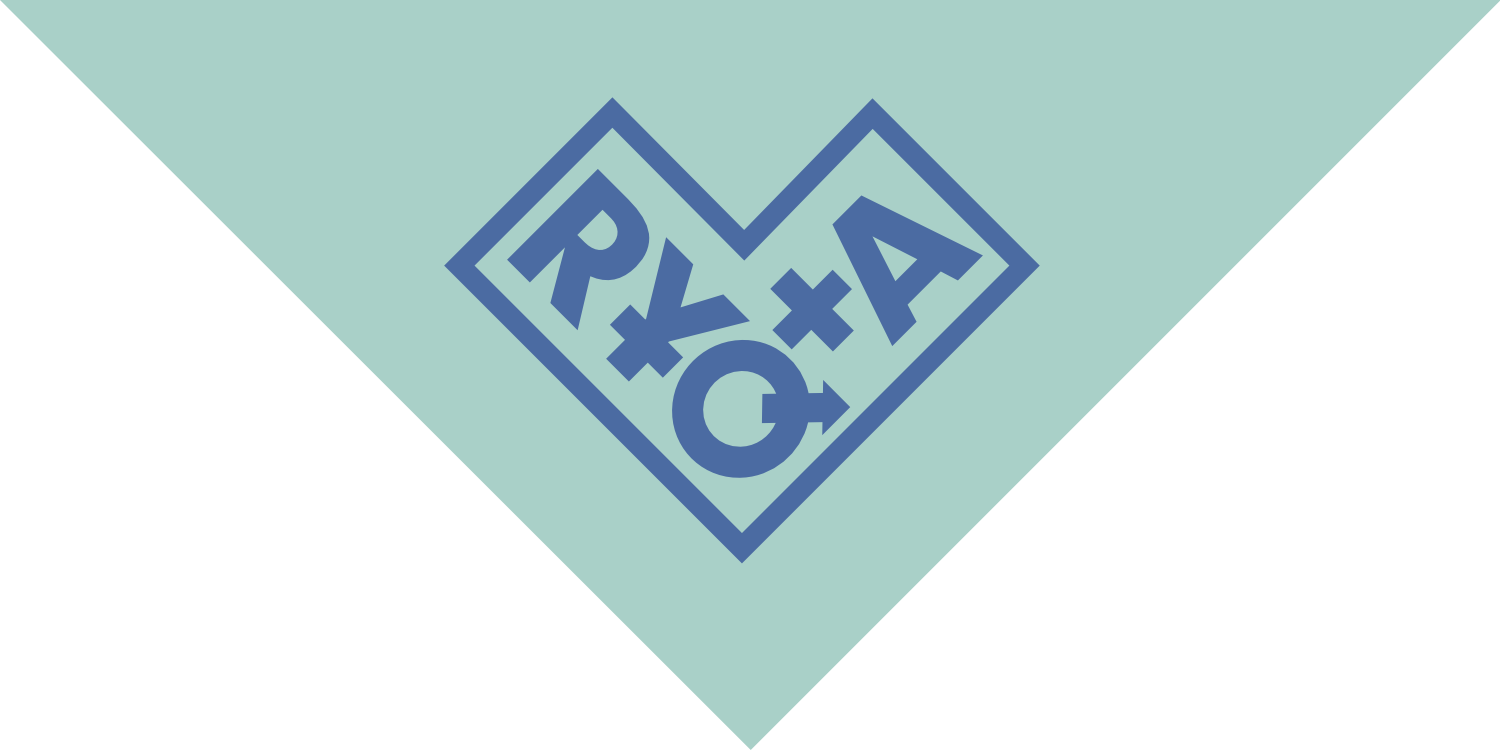Glossary
Gay:
Someone attracted to the same sex; usually a guy attracted to another guy but girls can identify as gay as well.
Intersex:
A term to describe those of us who are born with a combination of male and female biological characteristics, such as chromosomes or genitals, that can make it difficult for doctors to assign our sex as distinctly male or female.
Lesbian:
A person who identifies as female who is attracted to girls.
Queer:
An umbrella term to describe everyone in the LGBTQIA+ community. It can have many different meanings to different people, however it is a word that includes all people whose gender or sexual identity doesn’t conform to the ‘norm’.
Bisexual:
A person who is sexually attracted to both guys and girls.
Homophobia:
Used to describe negative feelings or behaviour towards people who are same‐sex attracted, including language like “that’s so gay”.
Pansexual:
A person who is sexually attracted to a person of any gender or sex.
Questioning:
Most people will question their sexual or gender identity at some point. Even if you’re straight, you might be unsure, which is totally normal.
Asexual:
Some of us don’t feel any sexual feelings or desires. Asexual people can feel romantically attracted to others though, there’s just no sexual attraction for them.
Androgynous:
Refers to the physical presentation and style of a person that is a combination of both masculine and feminine elements. Gender‐neutral is another term that might be used in place of androgynous.
Transgender:
For some of us, our gender is not the same as the sex that we were assigned at birth. For example, someone who is assigned male at birth but feels that they are female.
SSA:
Stands for ‘same‐sex attracted’. A person may be attracted to the same sex in some ways but does not identify with being gay, lesbian, or bisexual.
Gender‐diverse/genderqueer:
Those of us who feel restricted by the gender ‘norms’ or categories associated with the sex we were assigned at birth might describe ourselves as gender‐diverse. For example, someone who is raised as a girl might feel that categories such female/feminine don’t really apply to them.
LGBTQIA+:
Stands for Lesbian, Gay, Bisexual, Transgender, Queer/Questioning, Intersex, Asexual, and more (there are many sexualities and gender identities that do not fit within LGBTQIA, so the ‘+’ denotes these other groups of people).
Non‐binary:
Many of us don’t feel like we fit into the categories of male or female, so we might call ourselves non‐binary.
Gender:
Gender is different to our sex. While sex refers to our physical body such as genitals and level of hormones, gender is our sense of self in terms of being masculine, feminine, a combination of both, or neither! For lots of people, our gender will match our sex assigned at birth. This is called being cis‐gender. However for some of us, our gender is different to our sex so we might identify as transgender, non‐binary, or gender‐diverse.
Cis‐gender:
Is a term used to describe a person whose gender corresponds with the sex they were assigned at birth.
Gender‐dysphoria:
Is when someone feels really distressed by the sex and gender they were assigned at birth, as it doesn’t align with how they feel on the inside.
Transsexual:
An outdated term to describe someone who has undergone medical treatment (such as surgery or hormones) to align with their gender identity. Some people still use this term for themselves but it’s best to ask someone first before using it.
Hermaphrodite:
An inaccurate, offensive term to describe someone who is intersex. Unless someone specifically wants to be referred to as hermaphrodite, it is best to steer clear of this word.
Demi‐sexual:
A person who does not experience sexual attraction unless they form an emotional connection first. The term demi‐sexual comes from the orientation being ‘halfway between’ sexual and asexual.
Aromantic:
Describes a person who doesn’t feel romantically attracted to others. Aromantic people are often satisfied with friendships and other non‐romantic relationships.
Panromantic:
People who are interested in romantic relationships rather than sexual ones.
Misgender:
Sometimes people will intentionally or unintentionally refer to a person in a way that does not align with that person’s affirmed gender. This often happens to transgender people when others use incorrect pronouns or make assumptions based on appearances. This can have a really negative impact on the mental health and confidence of transgender and non‐binary people.
Dead‐name:
A dead‐name is the name that was given to a transgender or non‐binary person at birth. Many transgender and non‐binary people (but not all) change their name when they transition so that their name reflects their gender identity. Referring to someone by their dead‐name can be really damaging and hurtful because you are basically saying you don’t truly see that person for who they are. It can also just be plain rude.
Sistergirl (Sista Girl) and Brotherboy (Brotha Boy):
Originally names used to describe Aboriginal and Torres Strait Islander trans people, but now used widely to describe those who are queer.
